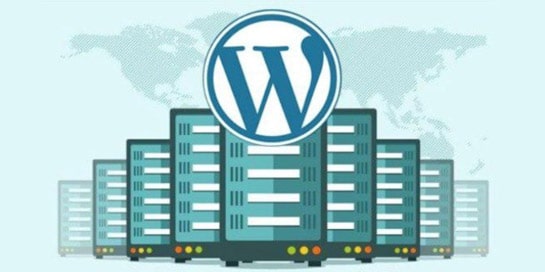Server scaling is the process of adding hardware capabilities to increase system performance, to be able to handle more demanding tasks. There is vertical and horizontal scaling. The first is due to the replacement of components with more efficient ones, the second type is due to the expansion of the number of devices. Can be used in combination.
Server scaling is an important process for any business that wants to grow and develop. However, when scaling a VPS server, there may be some problems that can lead to failures and data loss. In this article, we’ll look at the most common problems that can arise when scaling a server and how they can be solved.
What problems can arise when scaling:
- Not enough server capacity
- Out of memory
- Network connection issues
- Safety problems
- Lack of scalability
Next, we will analyze each of the possible problems so that in the process of working with the server it will be possible to quickly identify and eliminate them.
Problem 1: Not enough server capacity
One of the most common problems that can arise when scaling a server is insufficient server capacity. This can cause the server to run slowly, which can result in crashes and data loss.
Solution: To solve this problem, you need to increase the capacity of the server. This can be done by adding new servers or increasing the capacity of existing servers. You can also use cloud solutions that allow you to quickly scale servers as needed.
Problem 2: Out of memory
Another common problem that can arise when scaling a server is insufficient memory. This can cause the server to run slowly, which can result in crashes and data loss.
Solution: To resolve this issue, you can add new memory modules or increase the capacity of existing memory modules. You can also use virtualization, which allows efficient use of server resources.
Problem 3: Network problems
Another common problem that can occur when scaling a server is network issues. This can cause the server to run slowly, which can result in crashes and data loss.
Solution: To solve this problem, you need to ensure a stable and fast network connection. This can be done through the use of high-speed connections such as fiber optic links, or through the use of routers and switches that effectively manage network traffic.
Problem 4: Security Issues
Another problem that can arise when scaling a server is security issues. If the server is not properly secured, it can lead to confidential data leakage and other serious problems.
Solution: To solve this problem, you need to properly secure the server. This can be done by using modern encryption methods, installing firewalls and other security measures.
Problem 5: Lack of scalability
Finally, another problem that can arise when scaling a server is insufficient scalability. If the server is not capable of scaling as needed, it can lead to outages and data loss.

Vertical scaling
Vertical scaling is the improvement of system components to increase performance. In fact, when viewed from the perspective of server scaling, performance is increased by installing more powerful processors, increasing the amount of RAM, replacing with faster RAM, installing an SSD instead of an HDD.
The process is extremely simple, but the limit is quickly reached here, because new interfaces, components and other things are coming out that can be completely incompatible with the outdated system.
You can upgrade for several years, but at a certain stage a new type of RAM will be released, sockets will change for processors, and drives will run into bus speed. In this case, you can use the following type of resource increase or replace the hardware with a new one.
Horizontal scaling
Horizontal scaling – increase system performance by increasing the number of devices. Adding new machines, nodes, additional storage systems, servers. A striking example is a server cluster. Where one device fails, several are used. In very complex tasks, clustering is simply indispensable. It is no coincidence that data centers have emerged that, by building IT nodes based on virtualization, create an efficient infrastructure that can jointly or separately perform certain operations.
It is necessary to take into account in advance that not all software is suitable for working with this type of performance enhancement. You will either have to upgrade it or replace it with a completely different one. Sometimes clustering requires drastic changes.
Benefit
From an economic point of view, the expansion looks more useful than the purchase of new equipment, because the ability to scale can save a huge amount of money.
Of course, manufacturers try to reduce such opportunities, but then horizontal scaling comes to the rescue. For example, constantly changing sockets, despite minor processor changes, look at least suspicious.
Solution: To solve this problem, you need to use solutions that allow you to scale servers as needed. This can be done through the use of cloud solutions or other technologies that allow you to quickly scale servers.
In conclusion, server scaling is an important process for any business looking to grow and develop. However, when scaling a server, various problems can occur that can lead to crashes and data loss. To avoid these problems, you need to use the right solutions and technologies that allow you to effectively scale your servers as needed. If you’re worried about scaling efficiency and can’t handle it on your own, you can always turn to experts who are dedicated to expanding server capabilities.



